Dwarf suckermouth - Otocinclus vittatus
Scientific name: Otocinclus vittatus
Common name: Dwarf suckermouth
Family: Loricariidae
Usual size in fish tanks: 3 - 4 cm (1.18 - 1.57 inch)
014
Recommended pH range: 6 - 7.5
Recommended water hardness: 4 - 16°N (71.43 - 285.71ppm)
0°C 32°F30°C 86°F
Recommended temperature range: 21 - 26 °C (69.8 - 78.8°F)
The way how these fish reproduce: Spawning
Where the species comes from: South America
Temperament to its own species: peaceful
Temperament toward other fish species: peaceful
Usual place in the tank: Bottom levels
Origin
The Dwarf Suckermouth, Otocinclus vittatus, originates from South America. This species is predominantly found in Brazil, although other members of the Otocinclus family can be found in broader regions, including Peru and Argentina.
Short description
The Dwarf Suckermouth is a small species of catfish, significantly smaller than many of its relatives, which can grow to much larger sizes. Adult Dwarf Suckermouths typically reach a maximum length of about 2 inches (5 cm), though many individuals remain slightly smaller. In their natural habitat, these fish are found in vegetated waterways, as well as in open waters, where they often form shoals while searching for food on sunken debris covered with algae. While they are often introduced into aquariums as "tank cleaners," it's important to remember that their dietary needs extend beyond just algae. Unfortunately, many of these fish have shorter lifespans in captivity because they are not provided with a varied diet once the available algae is depleted. For this reason, it’s vital to avoid adding them to a newly set up tank; they require an established aquarium with high water quality to thrive.
Lifespan
When properly cared for, the Dwarf Suckermouth can live for an average of 3 to 5 years.
General care
As mentioned earlier, Otocinclus species should never be added to a tank that is not fully matured. They thrive in pristine water conditions with stable water parameters and an initial source of algae. Planted tanks are ideal because these fish enjoy grazing on plant leaves, and they adapt well to various lighting conditions. A well-rated filtration system is essential, along with regular water changes of at least 10% of the total water volume every week. These fish prefer cooler water, with an ideal temperature range between 21-26°C (69.8-78.8°F), making them well-suited for aquariums maintained at room temperature in cooler climates. Although they prefer slightly acidic water, they can tolerate a pH range of 6.0 to 8.0. Otocinclus vittatus is a peaceful species and should be housed only with other gentle species that can handle similar water conditions.
Feeding
While the Dwarf Suckermouth is often introduced into aquariums as part of a cleanup crew due to its algae-eating habits, this should not be its sole food source. They will greatly benefit from supplemental feeding with algae wafers and a variety of green vegetables, such as zucchini or blanched peas.
Sexing
Sexing these fish can be challenging, but mature males are generally smaller and develop a slimmer body shape compared to females. The females tend to be more robust, particularly when they are ready to breed.
Breeding
In their natural habitat, Otocinclus vittatus are prolific breeders, often reproducing in large groups. This behavior can be easily replicated in an aquarium setting. To encourage breeding, provide the breeding tank with plenty of plants where the fish can deposit their eggs. The eggs will be attached to the plant leaves, and after a few days, the fry will hatch. The adult fish do not pose a threat to the eggs, so they can be left in the aquarium. Once the fry become free-swimming, they can be fed with Infusoria to ensure proper growth and development.
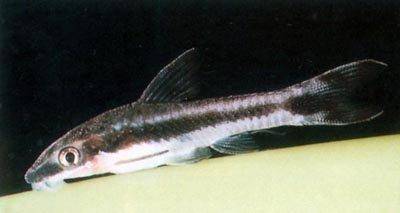
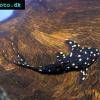 Adonis
Adonis  Lyre
Lyre 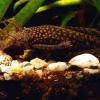 Bristlenose
Bristlenose 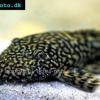 Gold
Gold 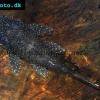 Bushymouth
Bushymouth  Spotted
Spotted  Medusa
Medusa  Bristlenose
Bristlenose  Starlight
Starlight  Spotted
Spotted  Catfish
Catfish 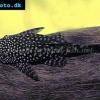 Bushynose
Bushynose 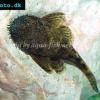 Bristlenose
Bristlenose 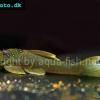 Green
Green  LDA-33
LDA-33  Snowflake
Snowflake  Gold
Gold 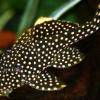 Gold
Gold  Bulldog
Bulldog  Dasyloricaria
Dasyloricaria 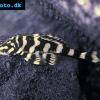 Butterfly
Butterfly 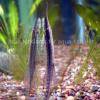 Whiptail
Whiptail 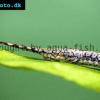 Amazon
Amazon  Twig
Twig  Spotted
Spotted  Spotted
Spotted  Lemon
Lemon  Pleco
Pleco  Peruvian
Peruvian 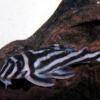 Zebra
Zebra 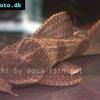 Pleco
Pleco 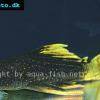 Hypostomus
Hypostomus 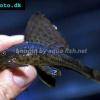 Pleco
Pleco  Suckermouth
Suckermouth 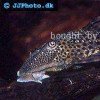 Spotted
Spotted 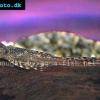 Woodeating
Woodeating  Golden
Golden  Sultan
Sultan 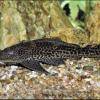 Multiradiatus
Multiradiatus  Marbled
Marbled 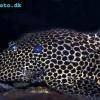 Pleco
Pleco  Dwarf
Dwarf  Dwarf
Dwarf  Oxyropsis
Oxyropsis 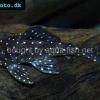 Orange
Orange 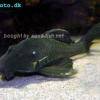 Blue
Blue 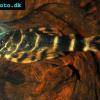 Clown
Clown 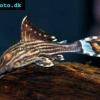 Royal
Royal 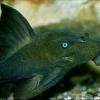 Blue
Blue  Rubber
Rubber  Goby
Goby  Wormline
Wormline 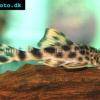 Para
Para 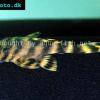 Tiger
Tiger  Leopard
Leopard 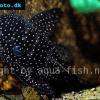 Spiny
Spiny 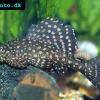 Marbled
Marbled 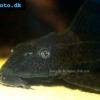 Amazon
Amazon  Common
Common  Sunshine
Sunshine  Golden
Golden